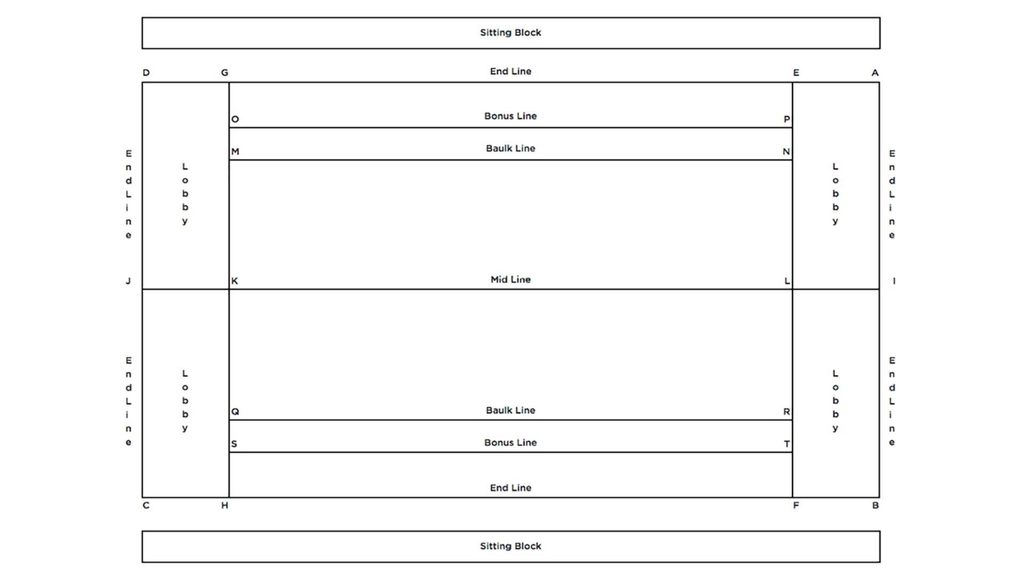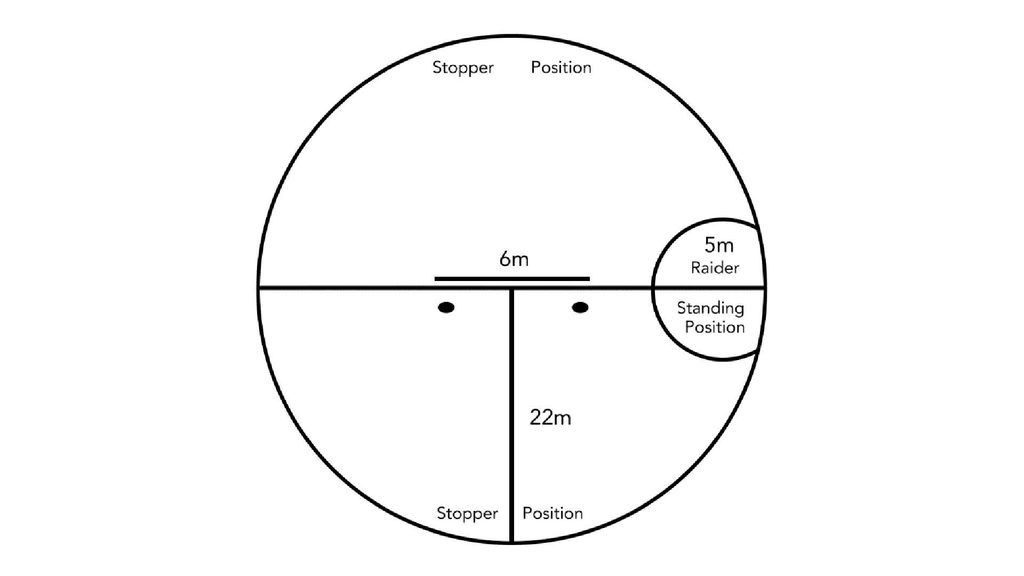
The sport of Kabaddi has always focused more on the grass-root level especially in the Indian subcontinent, with countries like Pakistan, Sri Lanka and Nepal building up their reputation over the years in the sport. The onset of the Pro Kabaddi League in the country was able to generate the much-needed popularity and views that the game seemed to be lacking a few years ago.
But unlike many other sports, this ultimate contact game has the privilege to organize itself in two different formats – the standard style and the circle style.
Although the nature of the sport remains the same, certain distinctions in the rules between the two styles have sparked a long debate among the peers who deem themselves as true loyalists of kabaddi.
Read | Pakistan to host Kabaddi World Cup 2020
In the lieu of the upcoming Kabaddi World Cup (circle style), hosted by Pakistan from January 12, 2020, we look at the major differences that set these two styles of the same sport apart.
DIFFERENT DIMENSIONS
Standard Style
As per the Amateur Kabaddi Federation of India (AKFI), Kabaddi mats in standard style should measure 13 meters x 10 meters which would eventually form the playing court.
The Mid-line divides the court into two equal halves while a Baulk line is the first parallel line from the mid-line and measures 3.75 meters from the mid-line.

The area on both the sides of the field of play is known as the Lobby. It is usually one meter in width and length and becomes a part of the play when a raider touches the opponent defender.
There is also a Bonus line between the baulk line and end line which offers a chance to the raider to take a bonus point. The raider needs to cross the line to secure a bonus point when there are 6 or more defenders on the court. The distance between bonus and baulk line is one meter.
The weight criteria in Standard style for Men’s is set at not more than 85 kg and for Women’s is not more than 75 kg, while seven players start the match with five substitutions allowed from the bench.
Circle Style
In the circle style format, the field is a circle with a radius of 22 meters which is divided into two equal halves by a mid-line.
In this format, there are no lobbies or bonus lines.
The circle style introduces a ‘Pala’ which is a gate in the centre of the playfield. Its total length is 6 meters. This pivotal line is usually three meters on each side and the raider must ensure that he reaches back into his own half through this pala.
The pala posts should be mounds of either lime powder or of some soft material of 15 cm in diameter and 20 cm in height.

The baulk line or the essential limit is a line drawn from the pala post with a radius of 6 metres on each side of the midline forming a D on each side as shown in the diagram.
The circle style doesn’t impose any restrictions on weight. The rule says that eight players will be a part of the game with five substitutions allowed per team.
However, the duration of the match is 40 minutes in both these styles, with two halves of 20 minutes each.
SCORING
Standard Style
The standard style allows for a bonus point when the raider crosses over the bonus line with six or more defenders on the court.
The raider has the liberty to touch one or more defenders and subsequently the points are awarded in reference to the number of defenders he has touched on his way back.
Also, this style allows for an all-out, when all the seven players of the opposition are ruled out and the raiding team gets two extra points for it.
Circle Style
The out and revival rule are not applicable in circle style and the defenders are known as ‘anti-raiders’ or ‘anti’.
The raider is allowed to touch only one anti during his raid and if he touches more than one, the defensive team is awarded a point. In the same way, one anti can only tackle one raider and if he tackles more than one, a point is awarded to the raiding team.
If the raider returns safely without scoring back to his court, the opponent team will be awarded a point. Another rule that is prevalent is that if a raid is of more than 30 seconds, the opponent team will be awarded a point.
The concept of ‘self-out’ is also seen in Circle style. If any player is pushed out of the boundary line during the course of play, a point is also awarded against him.
There have been three World Cups conducted in the standard style format which have all been won by the Indian team. However, the circle style has seen six World Cups so far with India dominating and lifting the trophy on all six occasions.
Feature image courtesy: Star Sports & PKL



















